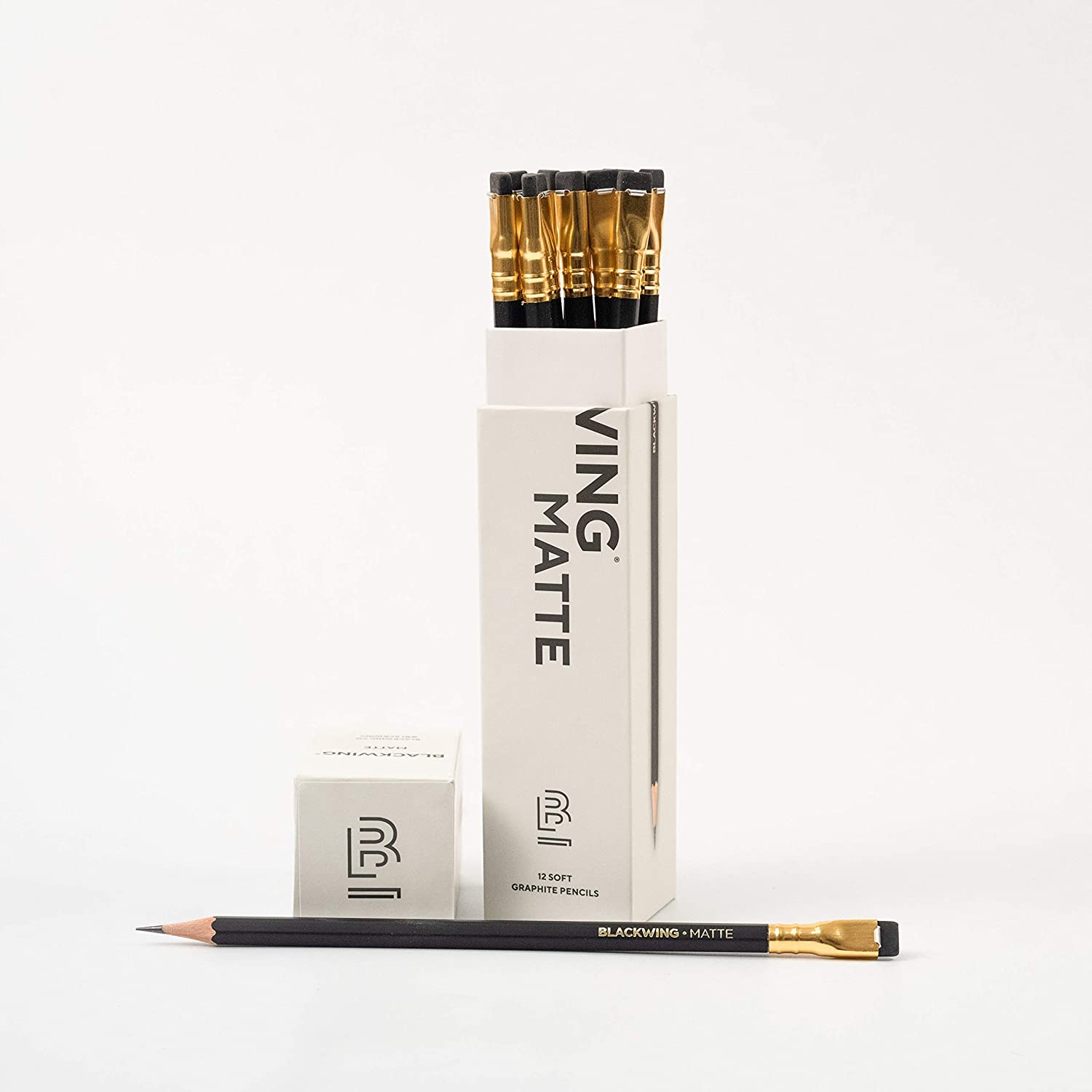Sketching is a versatile and expressive art form that allows artists to capture their ideas, emotions, and observations on paper. One of the fundamental tools for sketching is the sketch pencil. With a wide variety of sketch pencils available in the market, choosing the right one can sometimes be overwhelming. However, by considering a few key factors, artists can select the perfect sketch pencils to suit their needs and preferences. Here are some important factors to consider when choosing best sketch pencils:
Pencil Grade:
Pencils are graded based on the hardness or softness of their graphite core. The most common grading system uses a combination of letters and numbers, such as HB, 2B, or 4H. The HB pencil is considered a medium-grade pencil, suitable for general sketching purposes. Softer pencils like 2B or 4B are ideal for creating dark, bold lines and shading, while harder pencils like 2H or 4H produce lighter, precise lines. Consider the type of sketches you create and choose pencil grades accordingly.
Lead Quality:
The quality of the lead used in sketch pencils can greatly impact the drawing experience. High-quality leads are usually smooth, break-resistant, and offer excellent control. Cheaper sketch pencils may have leads that are prone to smudging, crumbling, or leaving inconsistent marks. It is advisable to invest in sketch pencils from reputable brands known for their lead quality to ensure a superior drawing experience.
Grip and Comfort:
Sketching often requires long hours of holding and maneuvering the pencil, so it’s important to consider the grip and comfort of the pencil. Look for pencils with ergonomic designs or rubberized grips that provide a comfortable and secure hold. A well-designed pencil can prevent hand fatigue and allow you to focus on your artwork.
Pencil Type:
Besides traditional wooden sketch pencils, there are other types available that offer unique features. Mechanical pencils are a popular choice for their convenience and consistent line width. Colored pencils are ideal for adding vibrant hues to your sketches. Watercolor pencils can be used both as dry pencils and with water for blending and creating painterly effects. Consider the specific requirements of your sketches and explore different pencil types to enhance your artistic possibilities.
Price and Value:
Sketch pencils come in a wide range of prices, from budget-friendly options to high-end professional-grade sets. It’s essential to strike a balance between quality and affordability. Consider your skill level, artistic goals, and budget to find sketch pencils that offer good value for your investment. Remember, the most expensive pencil may not always be the best choice for your specific needs.
Compatibility with Paper:
Sketch pencils interact differently with different types of paper surfaces. Some pencils may glide smoothly on smooth papers, while others may provide better results on textured papers. Consider the type and texture of paper you prefer to work with and test the compatibility of your chosen pencils with the paper before committing to a specific brand or set.
Personal Preferences:
Ultimately, choosing sketch pencils is a personal decision. Every artist has their own preferences when it comes to the feel, weight, and handling of a pencil. Some artists prefer lighter pencils for quick sketches, while others may prefer heavier ones for more control. Experiment with different brands, weights, and designs to discover the sketch pencils that feel most comfortable and intuitive to you.
In conclusion, selecting the right sketch pencils is crucial for achieving your desired artistic results. By considering factors such as pencil grade, lead quality, grip and comfort, pencil type, price and value, compatibility with paper, and personal preferences, artists can make informed choices that enhance their sketching experience. Remember, the perfect sketch pencil is the one that helps you bring your artistic visions to life on paper.

